Fräulein Doktor is the nickname of a famous German spy active during the First World War.
Her identity remains uncertain. Officially known by the code 1-4-G W, she was at times identified as Elisabeth Schragmüller, a firm, extravagant woman, or as Annemarie Lesser, a cultured and refined individual captured in a few photographs.
It appears certain that the woman known as Fräulein Doktor was born in Berlin around 1890. She may have come from a rich bourgeois family, or may have been the illegitimate child of a high-ranking officer in the German army. In either case, she received an excellent education.
When she was 20, she became the lover of Karl von Wynansky, an agent in the German Secret Service. She was introduced as his wife during some secret missions, thereby entering the world of espionage.
In spring of 1913, during a mission near the Meuse river, in France, Wynansky died suddenly of an attack of acute peritonitis. Undiscouraged, Fräulein Doktor managed to secret the documents her lover had recovered back home. Her demonstrated abilities and the help she gave the German Secret Service in decoding the information earned the young woman a chance to become an official spy.
After a short preparatory period, she was sent to Brussels to study the training methods used by the Belgian army, Germany’s future enemy in the First World War.
Later on she became the protagonist of a number of espionage missions in France and Belgium. Her ability to obtain accurate information without ever being discovered increased the young German woman’s fame.
In 1914, just before the outbreak of World War One, Fräulein Doktor arrived in Liège. The information she gathered about the enemy’s defense system proved fundamental, helping the Germans conquer the city.
In 1916 Fräulein Doktor settled in Antwerp, in Belgium, a country that was occupied by the Germans at the time. There she ran an important espionage school. One of her pupils was Mata Hari, a legendary Dutch dancer and spy.
During a mission on the Marne front in 1918, the final year of the First World War, a French officer who had been her lover recognized Fräulein Doktor. She managed to make a miraculous escape dressed as a Red Cross nurse.
Suffering from serious drug problems, Fräulein Doktor spent the last years of her life in various clinics, trying to break her addiction to morphine.
She died in Zurich, some time around the end of the 1930s, still a young woman.
Her identity remains uncertain. Officially known by the code 1-4-G W, she was at times identified as Elisabeth Schragmüller, a firm, extravagant woman, or as Annemarie Lesser, a cultured and refined individual captured in a few photographs.
It appears certain that the woman known as Fräulein Doktor was born in Berlin around 1890. She may have come from a rich bourgeois family, or may have been the illegitimate child of a high-ranking officer in the German army. In either case, she received an excellent education.
When she was 20, she became the lover of Karl von Wynansky, an agent in the German Secret Service. She was introduced as his wife during some secret missions, thereby entering the world of espionage.
In spring of 1913, during a mission near the Meuse river, in France, Wynansky died suddenly of an attack of acute peritonitis. Undiscouraged, Fräulein Doktor managed to secret the documents her lover had recovered back home. Her demonstrated abilities and the help she gave the German Secret Service in decoding the information earned the young woman a chance to become an official spy.
After a short preparatory period, she was sent to Brussels to study the training methods used by the Belgian army, Germany’s future enemy in the First World War.
Later on she became the protagonist of a number of espionage missions in France and Belgium. Her ability to obtain accurate information without ever being discovered increased the young German woman’s fame.
In 1914, just before the outbreak of World War One, Fräulein Doktor arrived in Liège. The information she gathered about the enemy’s defense system proved fundamental, helping the Germans conquer the city.
In 1916 Fräulein Doktor settled in Antwerp, in Belgium, a country that was occupied by the Germans at the time. There she ran an important espionage school. One of her pupils was Mata Hari, a legendary Dutch dancer and spy.
During a mission on the Marne front in 1918, the final year of the First World War, a French officer who had been her lover recognized Fräulein Doktor. She managed to make a miraculous escape dressed as a Red Cross nurse.
Suffering from serious drug problems, Fräulein Doktor spent the last years of her life in various clinics, trying to break her addiction to morphine.
She died in Zurich, some time around the end of the 1930s, still a young woman.
RELATED


TONY BLAIR
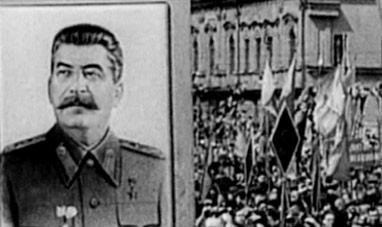

STALIN


ALEXANDER THE GREAT
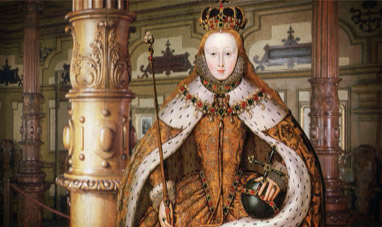

ELIZABETH I


JUSTINIAN I


ARMAND-JEAN DU PLESSIS DE RICHELIEU


PORFIRIO DÍAZ
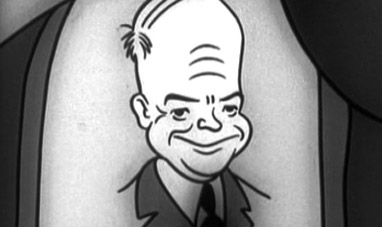

DWIGHT EISENHOWER
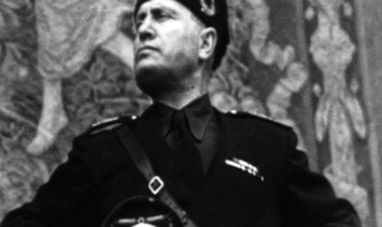

BENITO MUSSOLINI


CECIL RHODES


JULIUS CAESAR


LIVINGSTONE, DAVID


JIMMY CARTER
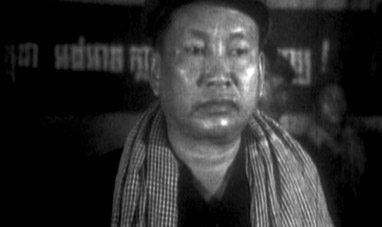

POL POT


JOHN CABOT


QIN SHI HUANG
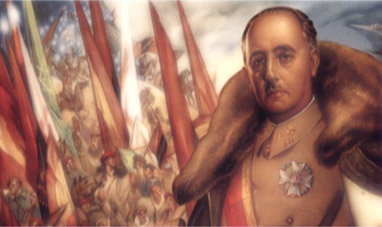

FRANCISCO FRANCO
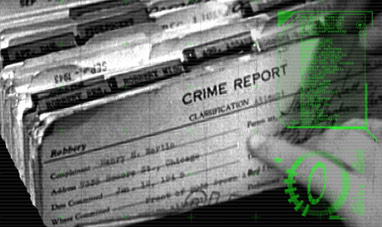

KIM PHILBY


PERICLES


RICHARD NIXON
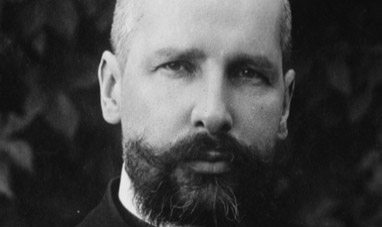

PYOTR STOLYPIN
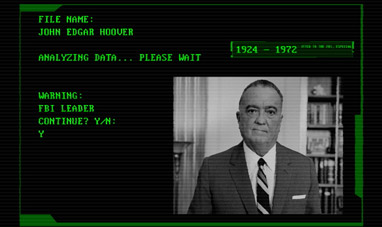

JOHN EDGAR HOOVER


NERO


KOFI ANNAN


FREDERICK II, HOLY ROMAN EMPEROR
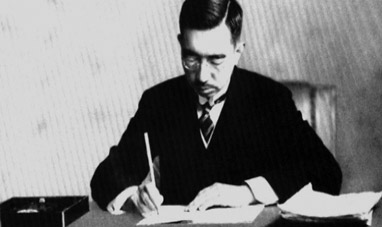

EMPEROR HIROHITO
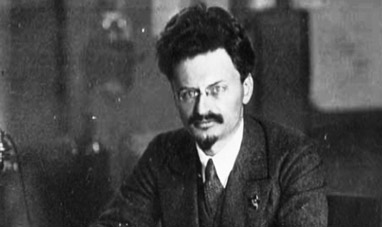

TROTSKY
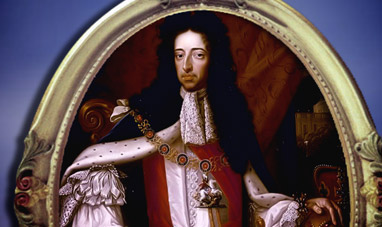

WILLIAM III, OF ORANGE


AUGUSTUS


ANDREI ZHDANOV


NEIL ARMSTRONG
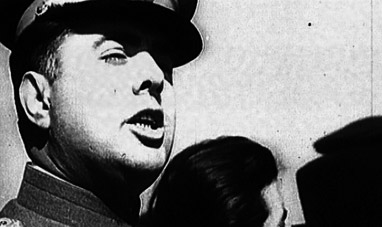

ENVER HOXHA


IVAN THE TERRIBLE
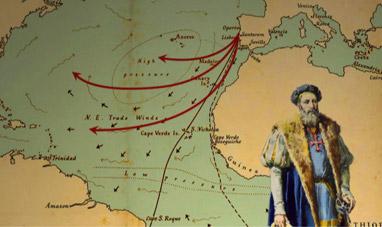

PEDRO ÁLVARES CABRAL


HUMBOLDT, ALEXANDER VON


ALEKSANDR LITVINENKO
